Strong exports like Scotch whiskey, a Scottish accent, intense bagpipes, and the legend of Nessie, Scotland is a country that has become famous around the world. While Scotland may have some of the best-known exported items, the country is even more stunning than its international reputation.
With areas like the Highlands and the Outer Hebrides, Scotland is home to Western Europe’s last areas of untouched wilderness.
Fàilte – Welcome to Scotland!
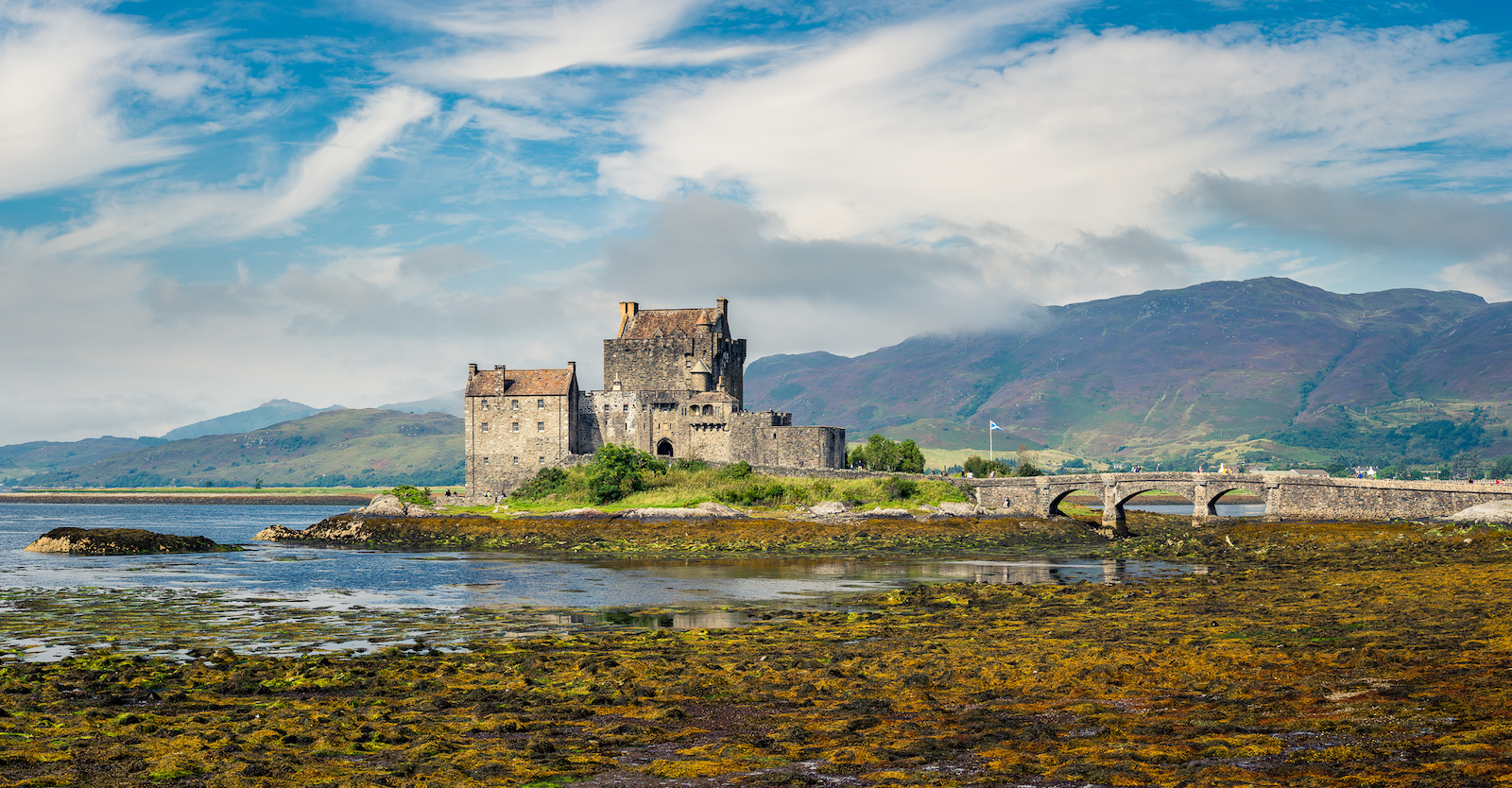
While Scotland’s pristine land is a beautiful sight, it has also been the stage for the country’s extensive and illustrious history, where fields were once battlefields and castles held power. With the Picts and the Gaels being the two most powerful groups, the country was built from the ground up and is now part of the United Kingdom.
Amongst a bloody and battle-filled history, the violent past has been put aside. Today, Scottish people are often described as “down-to-earth” and overly hospitable towards their guests.
Often mispronounced, Edinburgh is Scotland’s capital, which has become famous for its castle and love of the arts. With three different local pronunciations, Edinburgh is most commonly pronounced as Ed-in-bruh. Pronunciation isn’t anything to worry about, and even if you say it wrong, the city will amaze you with its historic streets.
Travelers can also hike up to the crown jewel, Edinburgh Castle, for a better view of the city. The capital has also become famous for its various festivals and has even been nicknamed the Festival City. The festivals celebrate film, theater, music, and art. The Fringe Festival is one of Edinburgh’s most famous, and it is held every year in August.
- Culture and Language
- Spending Budget
- How to Get Around
- Top Cities to Visit
- Points of Interest
Culture and Language
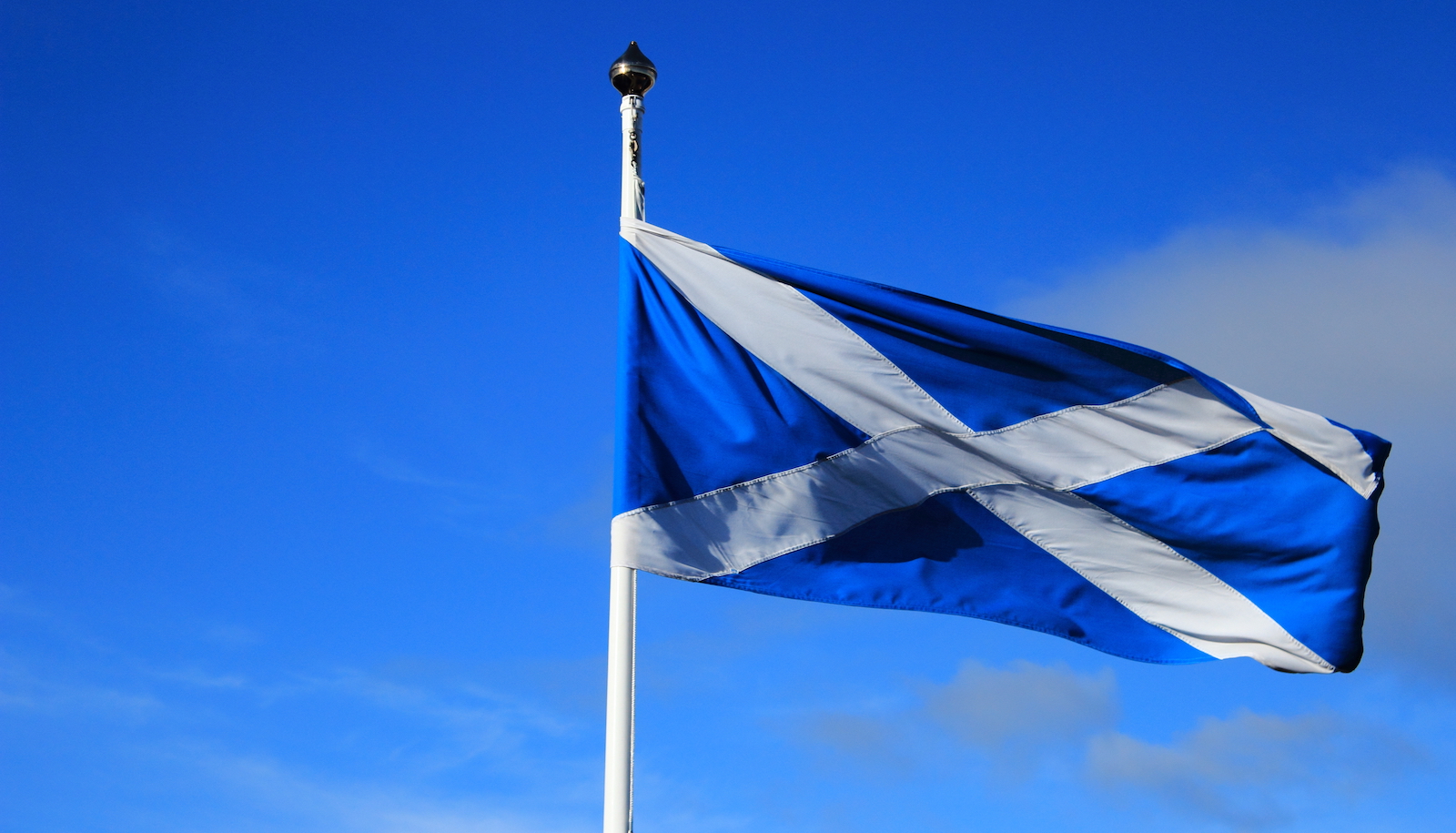
Scotland History
While your Scottish history may be greatly influenced by Hollywood films like Braveheart and Pixar’s Brave, the country’s earliest history goes back even further.
People have actually lived in Scotland for longer than Britain’s recorded history, with Paleolithic hunter-gatherers building various settlements and encampments. Scotland would soon fall into the sights of Romans, who were looking to expand their empire.
The Roman invasion began in 43AD and advanced in Southern Scotland. The Antonine Wall was constructed to give them a stronghold, though the Romans eventually fell back to Hadrian’s Wall in Britannia. After the Romans’ retreat, Scotland’s biggest influence came from the Picts and the Gaels.
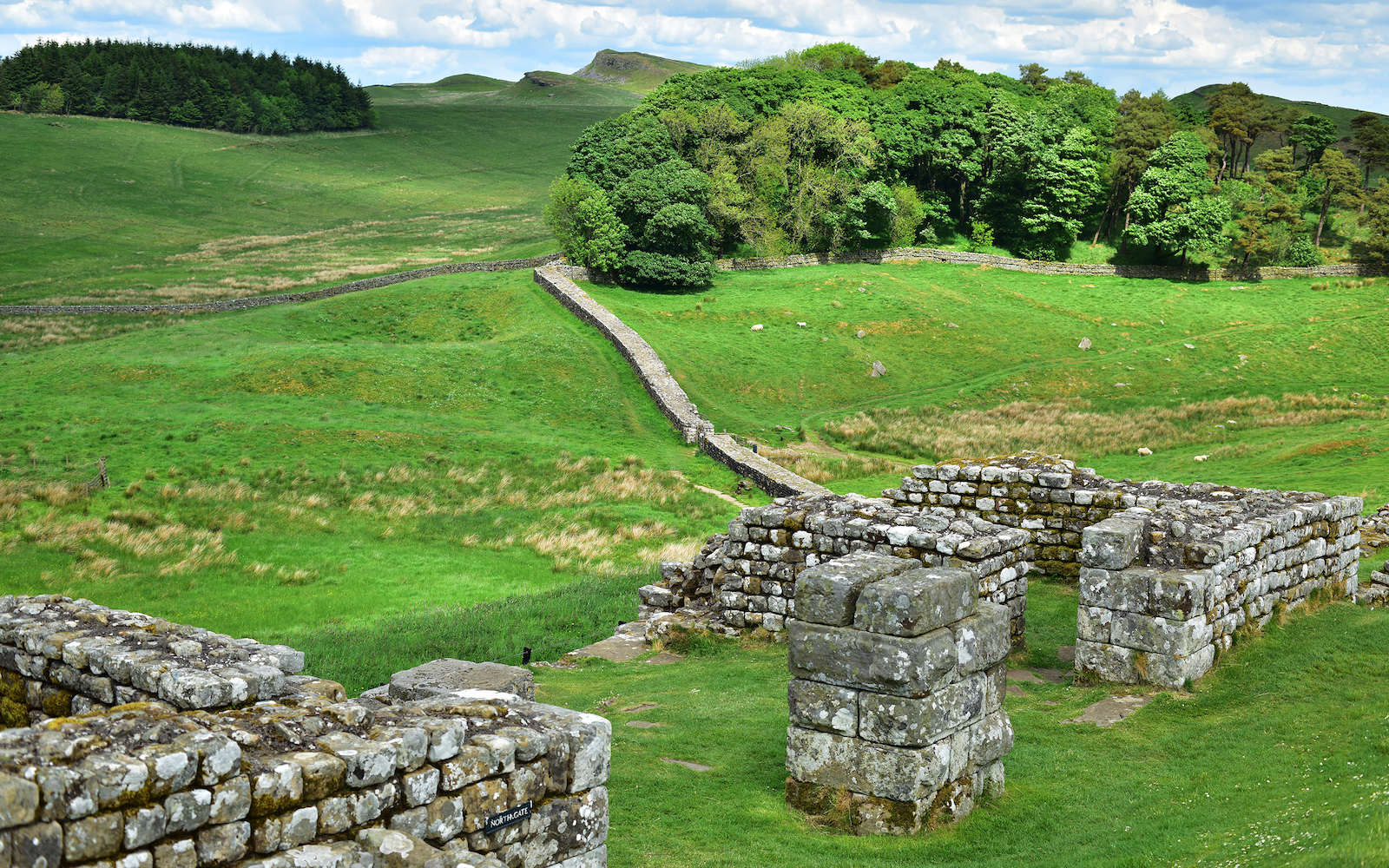
Scotland was still not independent, and it wasn’t until the Wars of Independence that Scotland broke free. The war’s most famous figure is William Wallace, who Mel Gibson portrayed in Braveheart
While Scotland was indeed independent until 1707, the country ultimately formed a union with England to become a part of Great Britain. This union is still recognized today.
However, the times of bloody battles are over, and the Scottish people, while proud of their history, have since become a lot more tranquil. Instead of being met with angry shouts and swords, visitors are encouraged to explore Scottish culture and connect with its people.
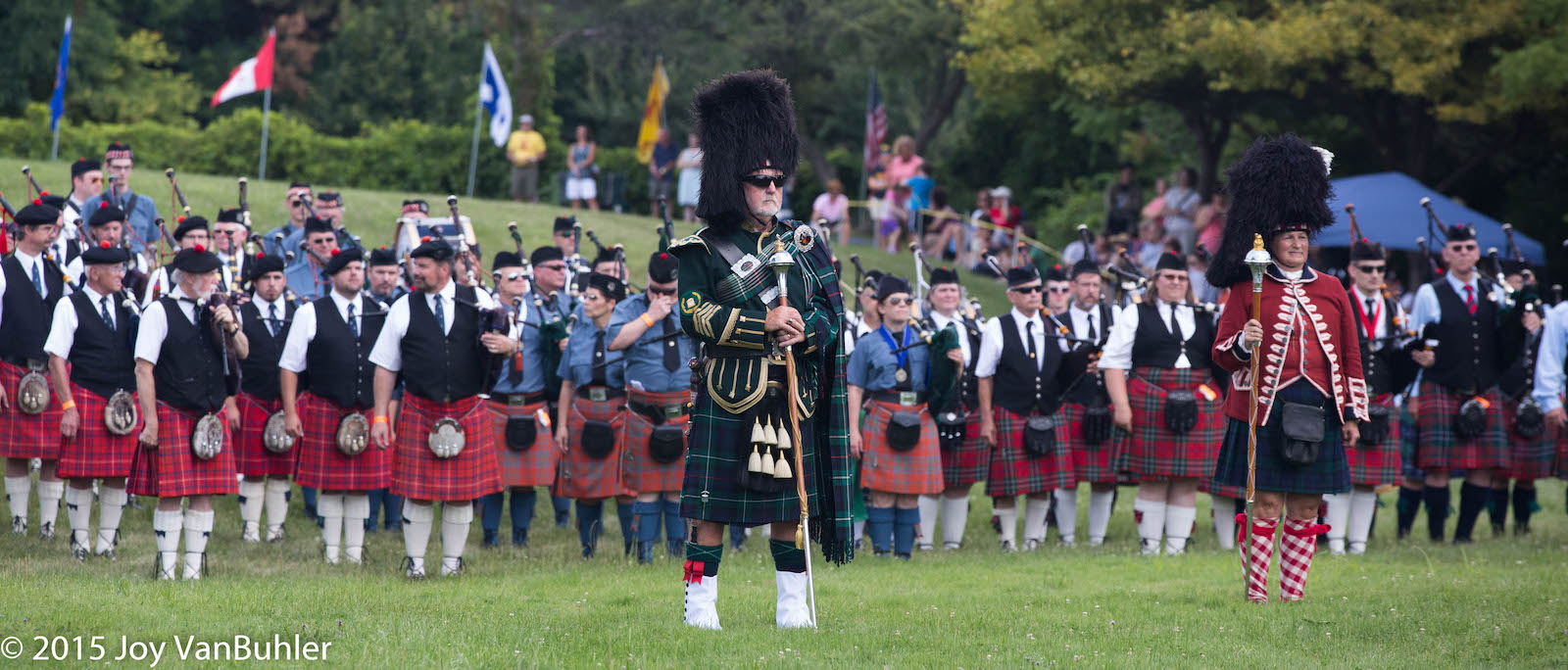
The Scottish love to celebrate, and there are a lot of chances for travelers to experience local traditions like song and dance. Celtic culture is also strongly tied to Scotland, and one of its most famous celebrations is the Highland Games.
However, not all culture is as lively as festivals and games. Some of Scotland’s preserved past comes in the form of castles and ruins. With lots of old architecture, Scotland also highlights its past every day in the streets. It’s in cities like Edinburgh that travelers can truly walk and imagine Scotland’s ample history.
Official Language
Another part of Scottish culture is their accent. While English is the main language spoken in Scotland today, the country’s 5.45 million citizens (as of 2019) are known to have a rather heavy accent that can be difficult to understand at times. Other minority languages like Scots and Scottish Gaelic have also been preserved in tribute to the past.
Spending Budget
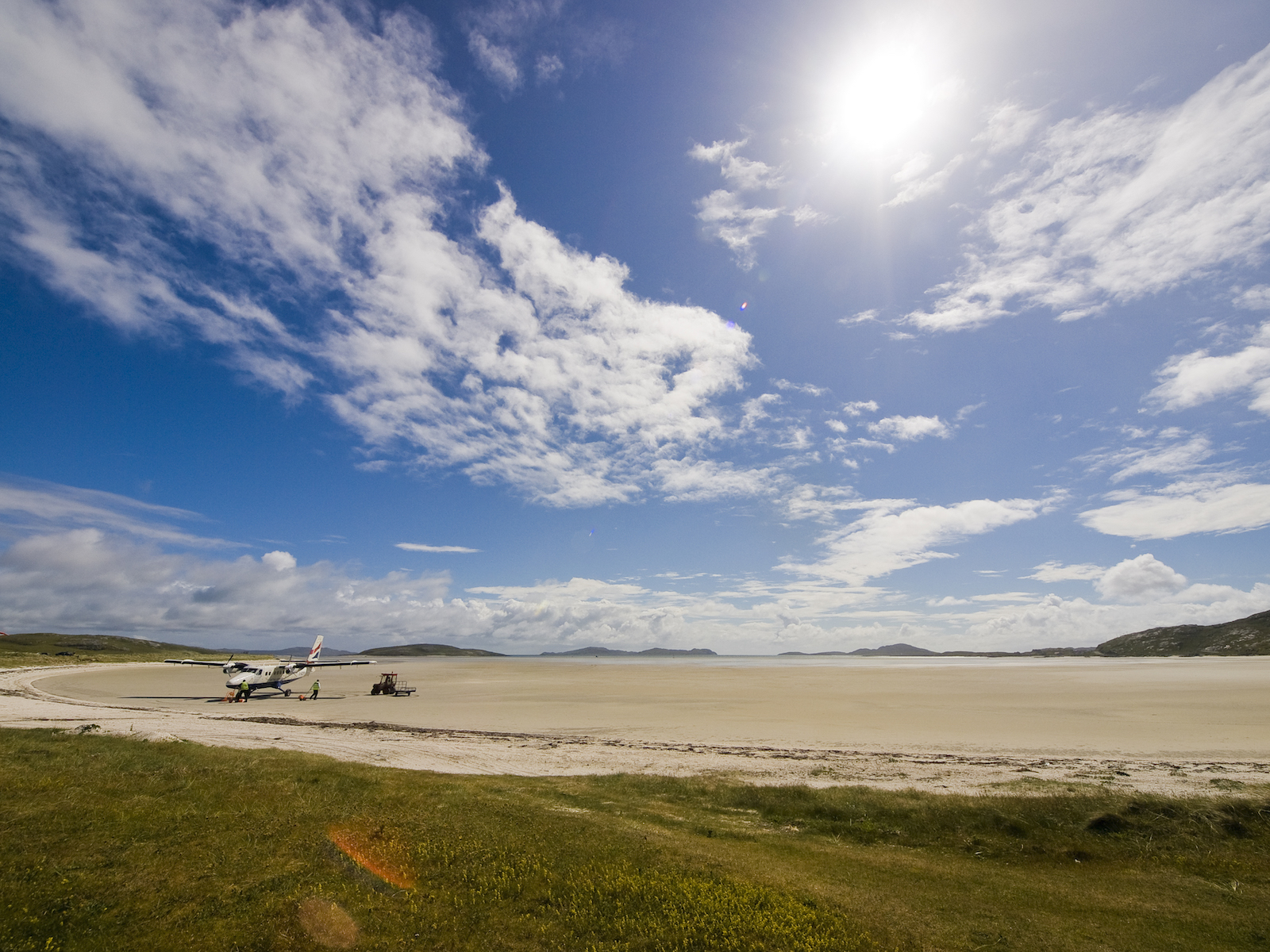
While you may feel like you have ants in your pants and are eager to jet off to your next destination, you shouldn’t go without taking time to consider your spending budget. A trip isn’t fun if you haven’t planned for what you can afford, and it can be downright irresponsible to travel without at least an outline of the various costs.
Scotland is in Europe, which tends to have a reputation that it’s expensive – and that’s true. Scotland can be pricey, though that doesn’t mean that there aren’t budget-friendly options too. With travelers needing to consider the cost of airfare, accommodation, food, drink, and transportation, there should always be a range of options so that you can stay within your price range.
Airfare
The highest cost that you’ll have to make is your seat on the plane. Scotland is all the way across the pond, which means that it costs more than a few pennies to fly yourself there. The average cost of a flight from the US to Scotland is under one thousand dollars. Some deals may cut the cost in half if you book in advance.
The price of tickets will also change throughout the year and according to Scotland’s peak tourist season. Scotland is a country where people tend to go all year long, no matter the weather conditions.
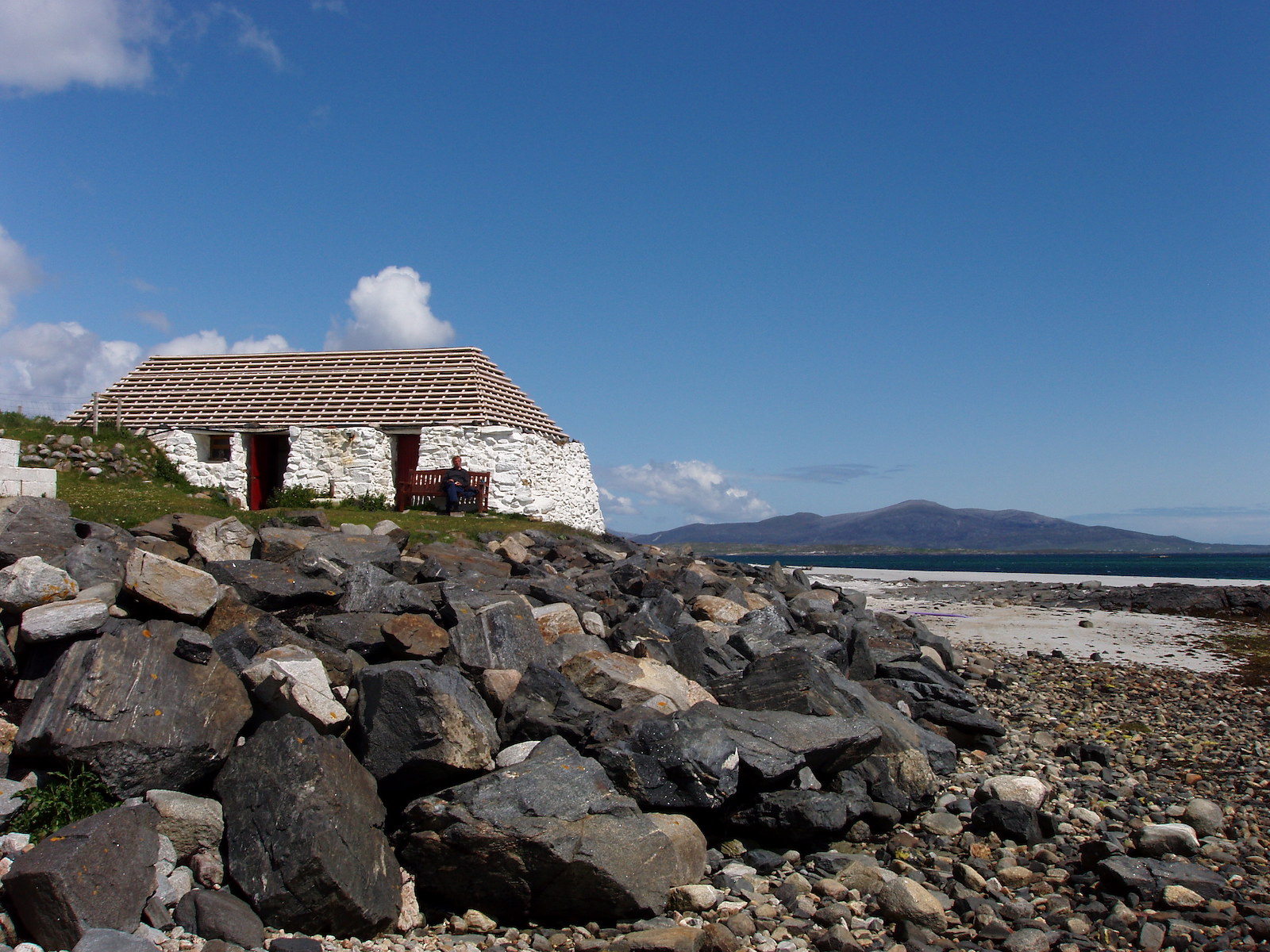
The ultimate peak season is during the summer months. This is when tickets to Scotland will be at their highest price. You can reduce the cost of your flight by traveling just before or after summer when the airline rates are still low.
Accommodations
While most travelers will look to snooze on the plane, you’ll have to depart your flying metal tube eventually, and that means you’ll have to find somewhere to sleep in Scotland. Or various places, if you plan to travel around. Hostels, hotels, and Airbnb are all good accommodation options, though they won’t all have the same price.
Hostels are the most affordable, although private rooms in a hostel will be more expensive and could cost a high price per night, depending on where you are. Another option is a budget hotel, which can be the same cost as a private room in a hostel but may give you more services.

Boutique hotels are more expensive, however, they will likely include the cost of breakfast. Other hotels will be more expensive and could cost hundreds of US dollars per night.
Airbnb is another affordable option, which is often preferred for travelers who are in a group. Most apartments and homes will be listed for a moderate nightly price. For people in a group, splitting the price is cost-effective, though, for solo travelers, the price may be too high.
Scottish Food
For the hotels that don’t include breakfast and for when you want to eat out, the cost of food is another significant portion of your budget. Scottish food may not be the most famous, though travelers should still expect to try some tasty meals.

Haggis is possibly Scotland’s most famous dish that divides people on a strong line between loving it or hating it. Haggis is made out of sheep’s organs, which have been minced and cooked inside the stomach lining. A common side dish with haggis is neeps and tatties, which are simply turnips and potatoes.
If sheep innards are not to your flavor, you may want to try Scottish salmon, which is often considered to be some of the best in the world due to Scotland’s geographic location.
For a sweeter taste, porridge is a favorite breakfast dish in Scotland, and many people start their day with this traditional dish. Scottish tablet is the country’s take on a dessert, which is simply sugar, milk, and butter that is cooked down into a bar. Sticky toffee pudding is another staple in Scotland, and it is often served as a topping to moist sponge cake.
Dining Out
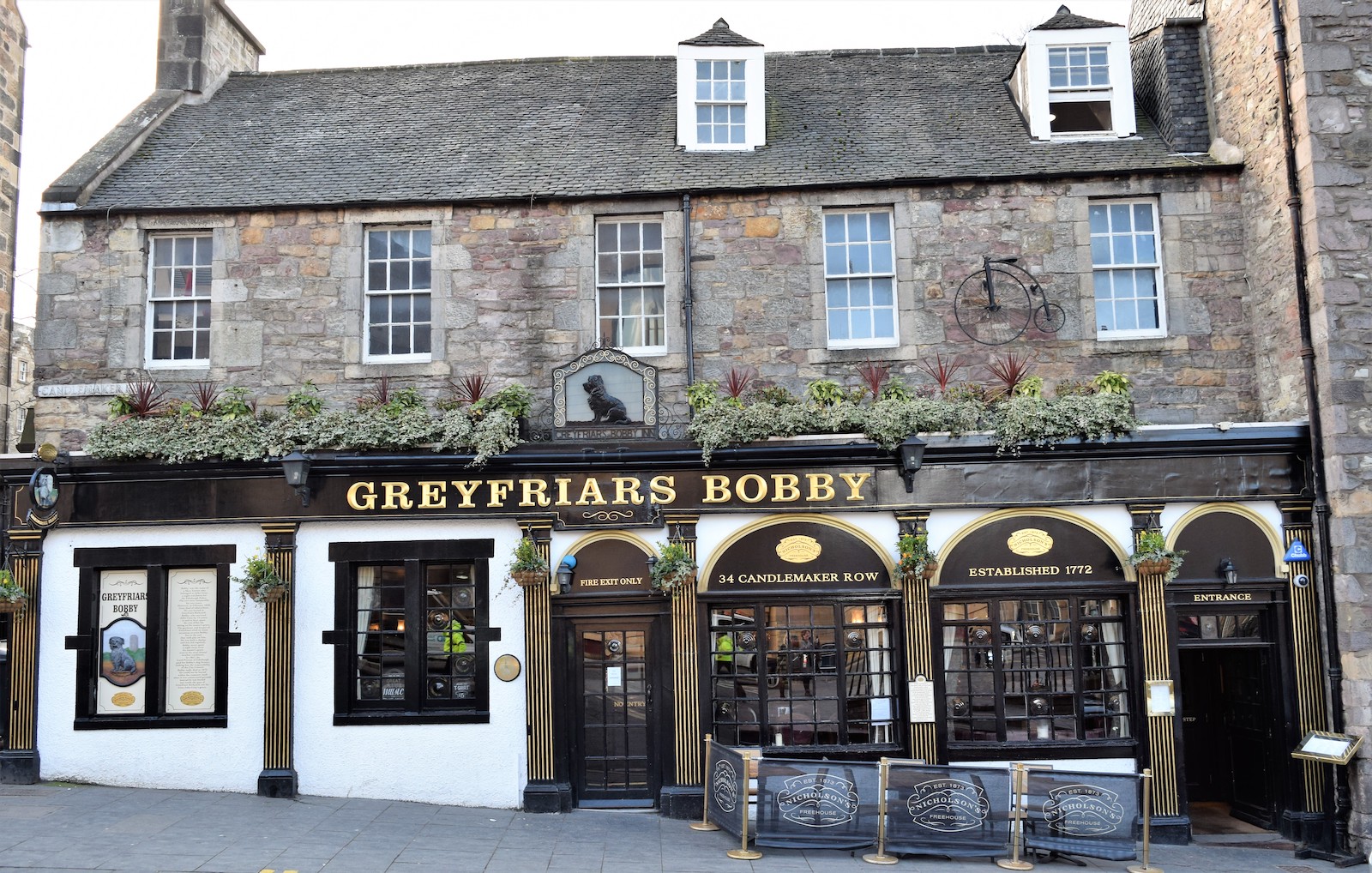
While there are a lot of new foods to try, you’re likely going to want to hit the town for a night of dining out. The most affordable meals will cost a modest amount while something at a nicer establishment will cost more. If you enjoy three meals a day, you’ll find breakfast to be rather cheap.
Scotland is most famous for its whiskey, however, with a new minimum price law, all alcohol is expensive in the country. Travelers who would like to sip a drink should be prepared to spend a few dollars per beverage.
While you can buy larger quantities of alcohol for less, the new pricing law still makes it expensive to drink if you are a moderate drinker. So, if you need to save more money, consider skipping a few drinks to cut costs.
How to Get Around

While you may be aware of Scotland’s famous landscapes and cities, you’ll know for certain that you’ll need to find a reliable mode of transportation to hit all the hotspots.
Scotland has a great transportation system, which gives you the option to use trains, buses, local transportation, and car rentals to get where you want to go. Domestic flights in Scotland as not very popular and tend to be unreliable in their departures.
Trains and Buses
Trains and buses are great alternatives to flying. All the major cities in Scotland will be connected by trains, which are often slightly quicker than a bus. However, travelers should book a train ticket in advance. If you wait to book a train ticket or buy last minute, you should expect the prices to drastically increase.
For travelers on a budget and many throughout the country, buses are the go-to and preferred method of transportation. Buses run throughout all parts of the country and are more affordable than trains. However, like trains, you should book a ticket in advance.
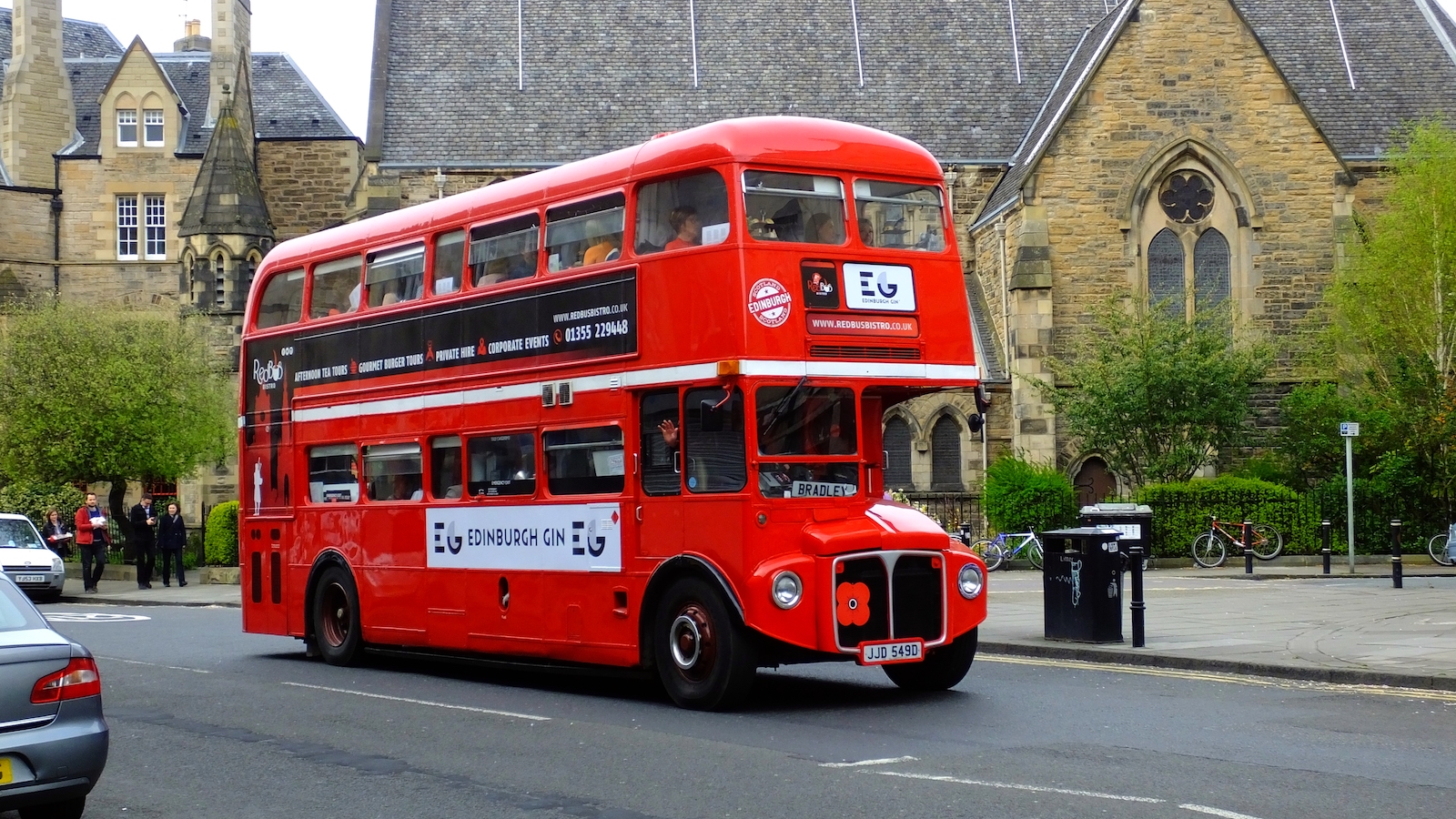
Larger cities, like Glasgow, will have a high-functioning local transportation system, which will get you around the city in no time. Glasgow is the only city with a train, although others have plenty of buses that you can hop on and off throughout the day. Local transportation will cost a few dollars per ride, and some cities may have a day or multi-day pass.
Car Rentals
Finally, with majestic sights and unending scenery, Scotland has also become a popular place to take a road trip. Small cars are relatively affordable and usually cost a modest daily fee. Campers can also be rented and have similar prices.
If you do choose to drive yourself, remember that Scotland drives on the left-hand side of the road, and a manual transmission is often the only rental option.
Top Cities to Visit
Most travelers will immediately name Edinburgh and Glasgow as the go-to cities, but there are plenty of places to explore in Scotland. From the lowlands to the coast, here are Scotland’s best cities to visit.
Edinburgh
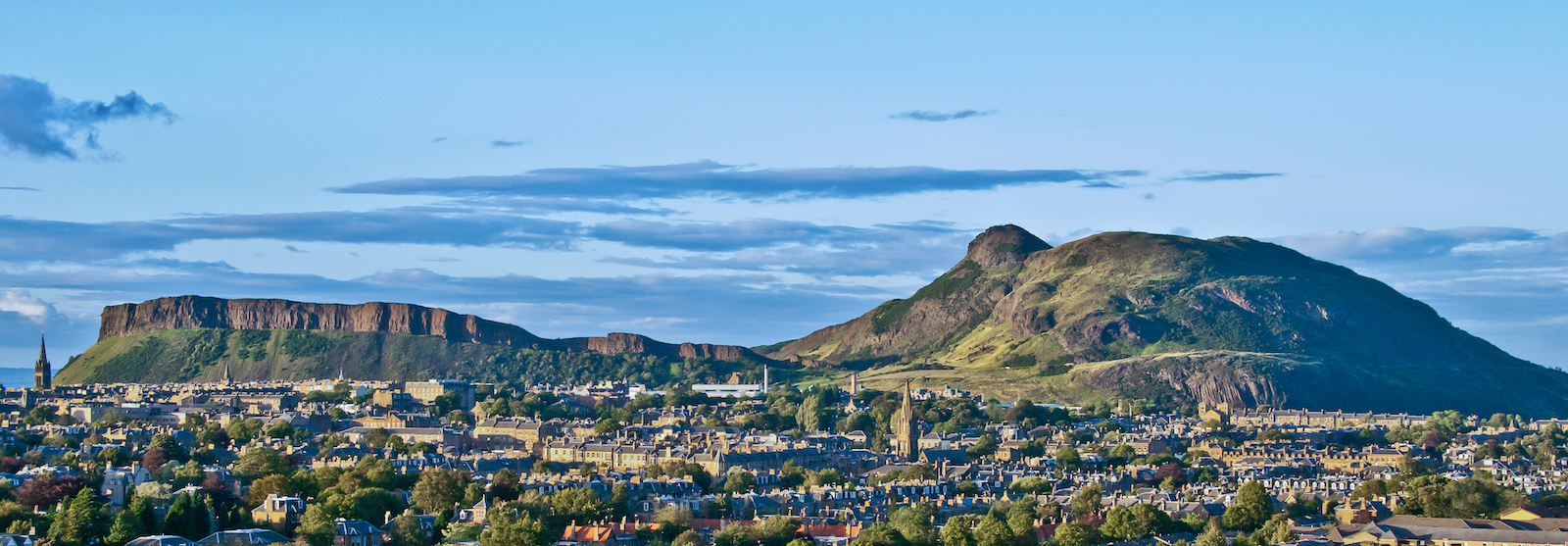
With lots of contrast in architecture, Edinburgh is the city to visit. The medieval Edinburgh Castle is a staple in the city’s skyline, but a New Town area has brought modernity to the old streets.
Tourists can spend hours wandering through markets, pubs, restaurants, shops, and galleries. The capital is also the place to go to experience Scottish culture. With hundreds of festivals, Edinburgh is frequently a gathering place for the arts.
Glasgow
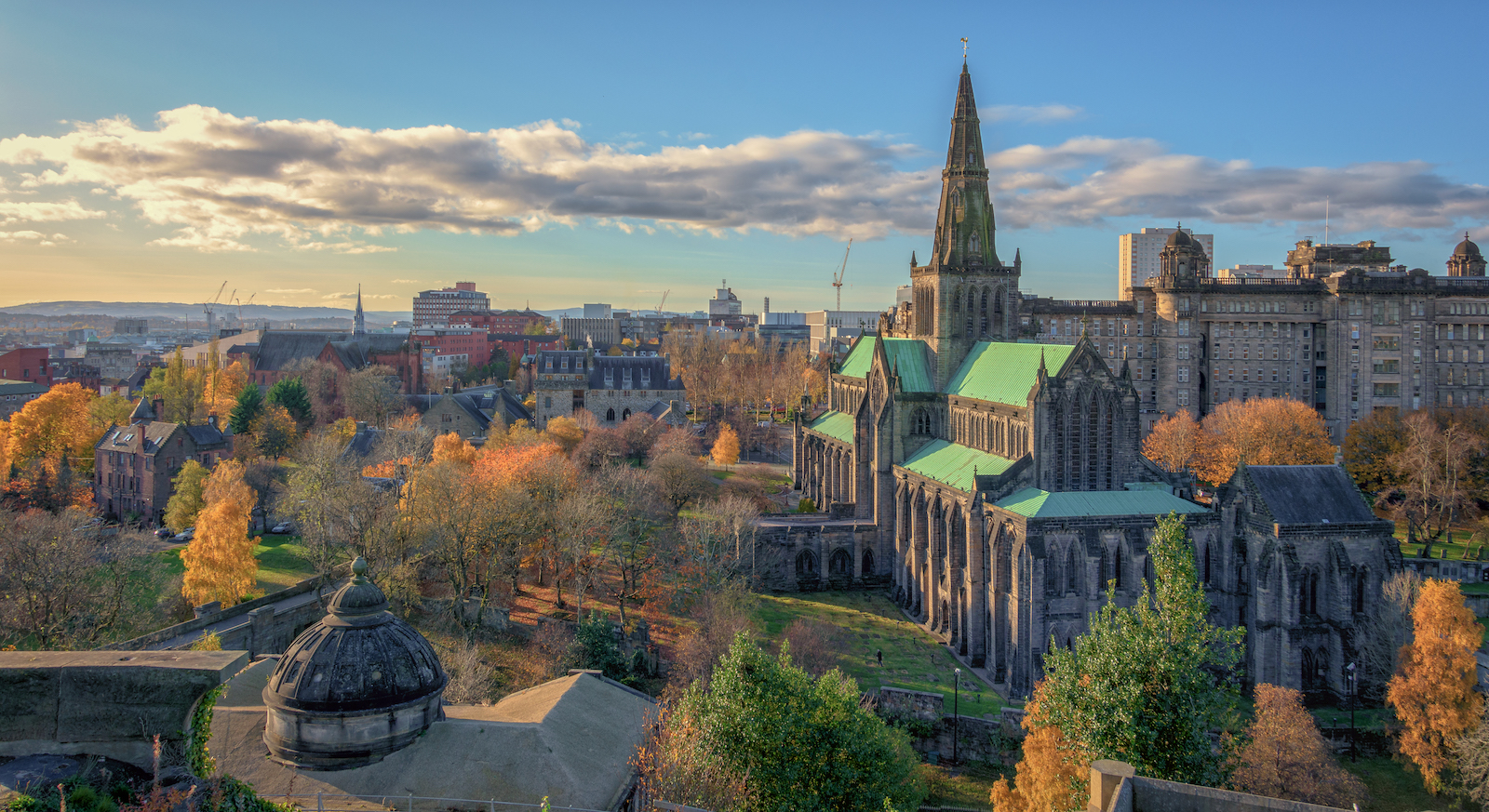
Another cultural hotspot in Scotland is Glasgow. Here, the arts are also celebrated at the King’s Theatre, Theatre Royal, and the Concert Hall. With galleries and museums to entertain, there are even a few works of art by Van Gogh and Salvador Dalí.
When you aren’t taking delving into the fine arts, Glasgow will dazzle you with its architecture and upbeat personality. With parks and well-groomed streets, Glasgow is also a great place to take a walk and explore.
St. Andrews
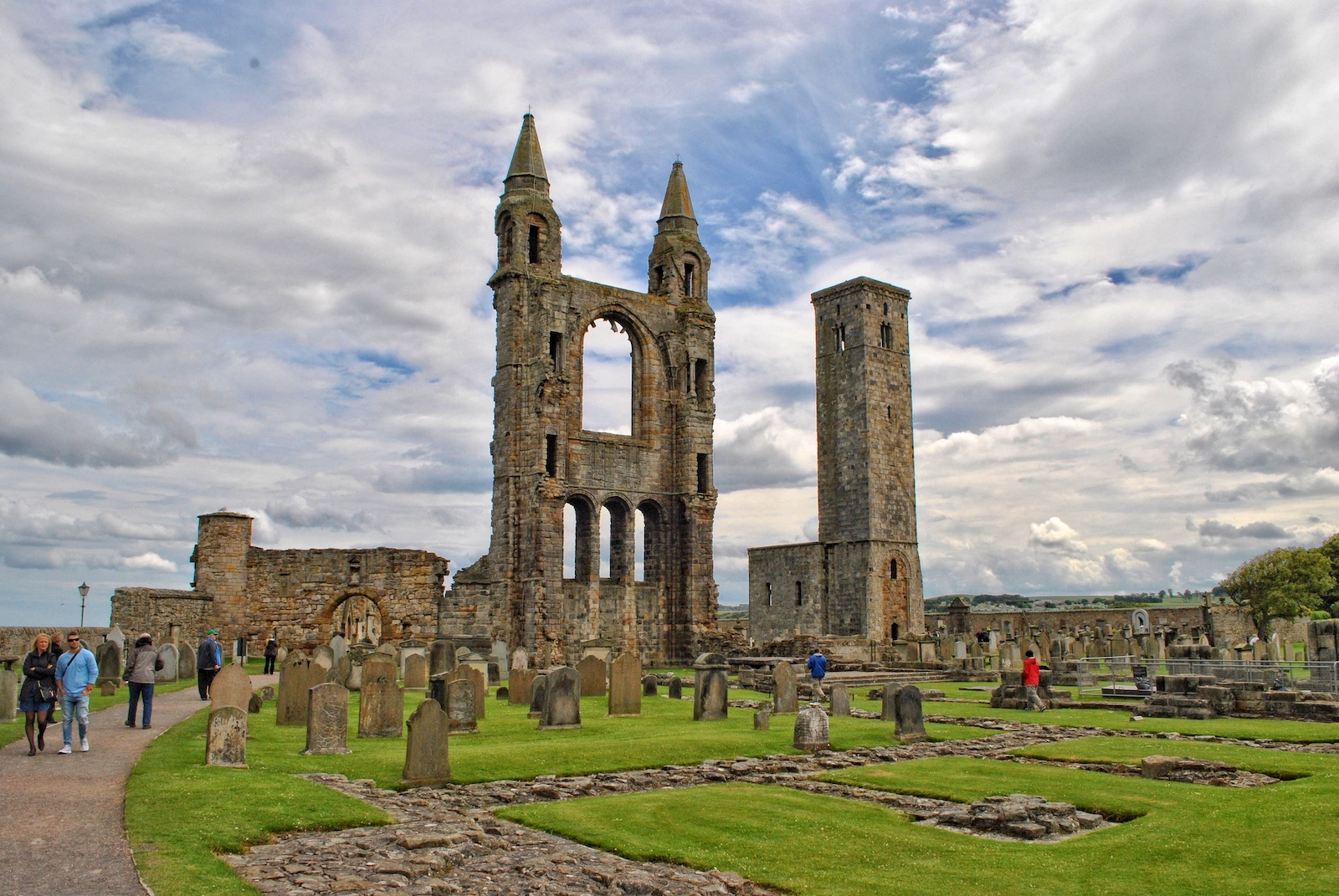
St. Andrews gives visitors a complete package of education, relaxation, sports, and history. The city has the third oldest English-speaking university, which is named the University of St. Andrews. It’s Scotland’s first university, founded in 1413.
With golf courses and resorts, St. Andrews has also become popular for families to vacation. History comes alive in the streets, and you can visit the ruins of the famous cathedral, which was once the largest in Scotland.
Points of Interest
While cities have always been tourist hotspots, the peaceful and jaw-dropping landscape is another place for travelers to venture. Scotland’s most popular points of interest will put a sparkle in your eyes as you feast upon their majesty. To help you decide where to go, here are some of the top destinations in Scotland.
Scottish Highlands

The Scottish Highlands is a large area in Scotland that starts in Inverness and goes up. The beauty of this area is beyond words and often can’t even be captured by a camera, though many have tried.
With a variety of towns along the way, you can stop over to meet the locals as you begin a journey into Scotland’s most famous territory. While many people road trip the Highlands, there are tours available that will take you to see all the best places.
Loch Ness

Home to one of the world’s most famous cryptid animals, Loch Ness earned its fame from the supposed monster that lives in the lake. The Loch Ness Monster or more lovingly called Nessie has become a Scottish legend that’s permeated throughout the world.
Tourists flock to Loch Ness to try and see the creature and often get out on a cruise to explore the water. Beyond Nessie, the lake truly is a beautiful sight, and the quiet towns offer tired travelers a nice place to stay.
Loch Lomond
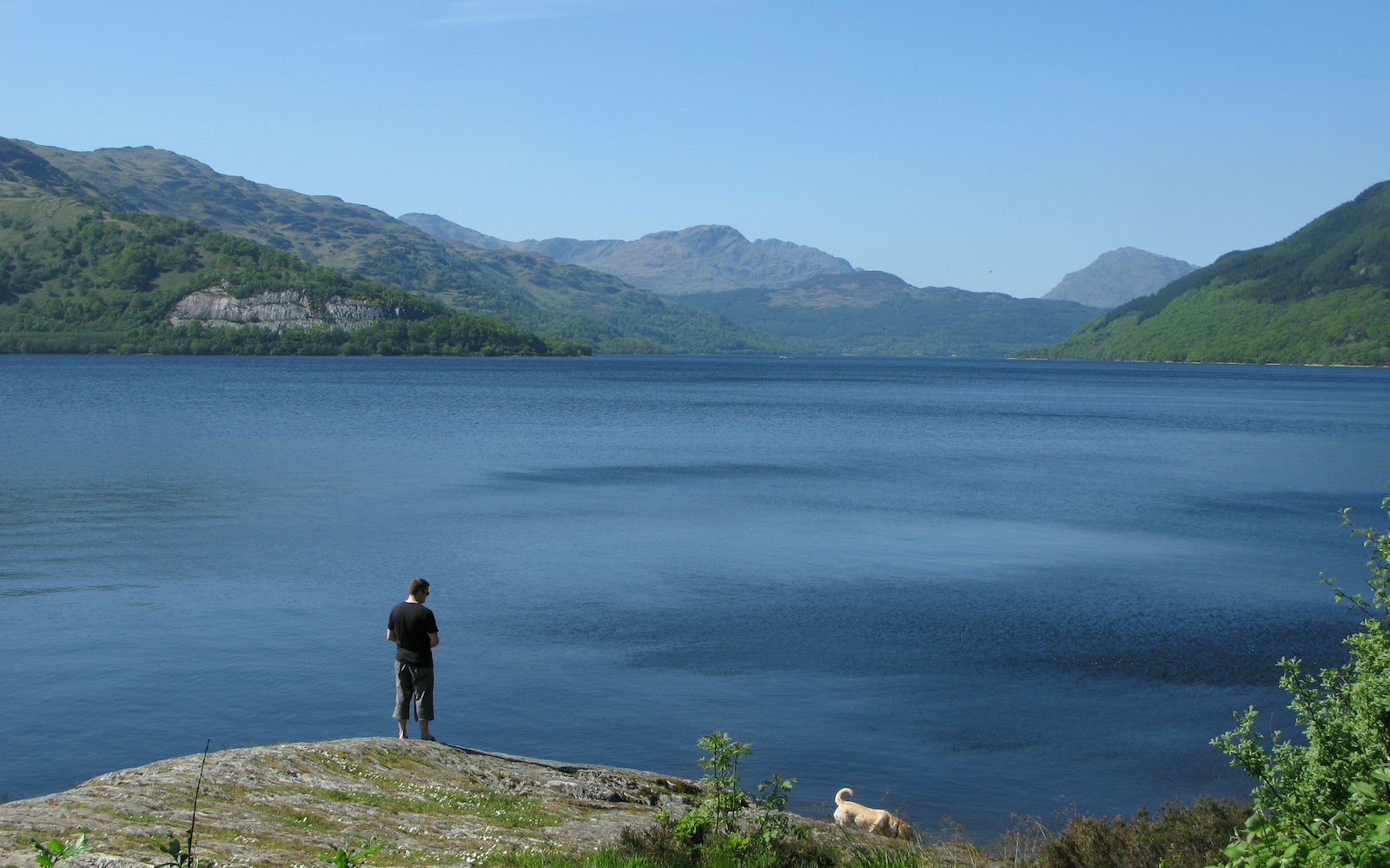
Another famous lake, though this one without a monster, Loch Lomond has been famously written into Scottish music. With iconic scenery, this lake has made Scotland famous, and it’s just one of the country’s stunning natural areas.
With over 30 islands out on the water, visitors can hop on a boat to explore everything that Loch Lomond has to offer.
Stirling
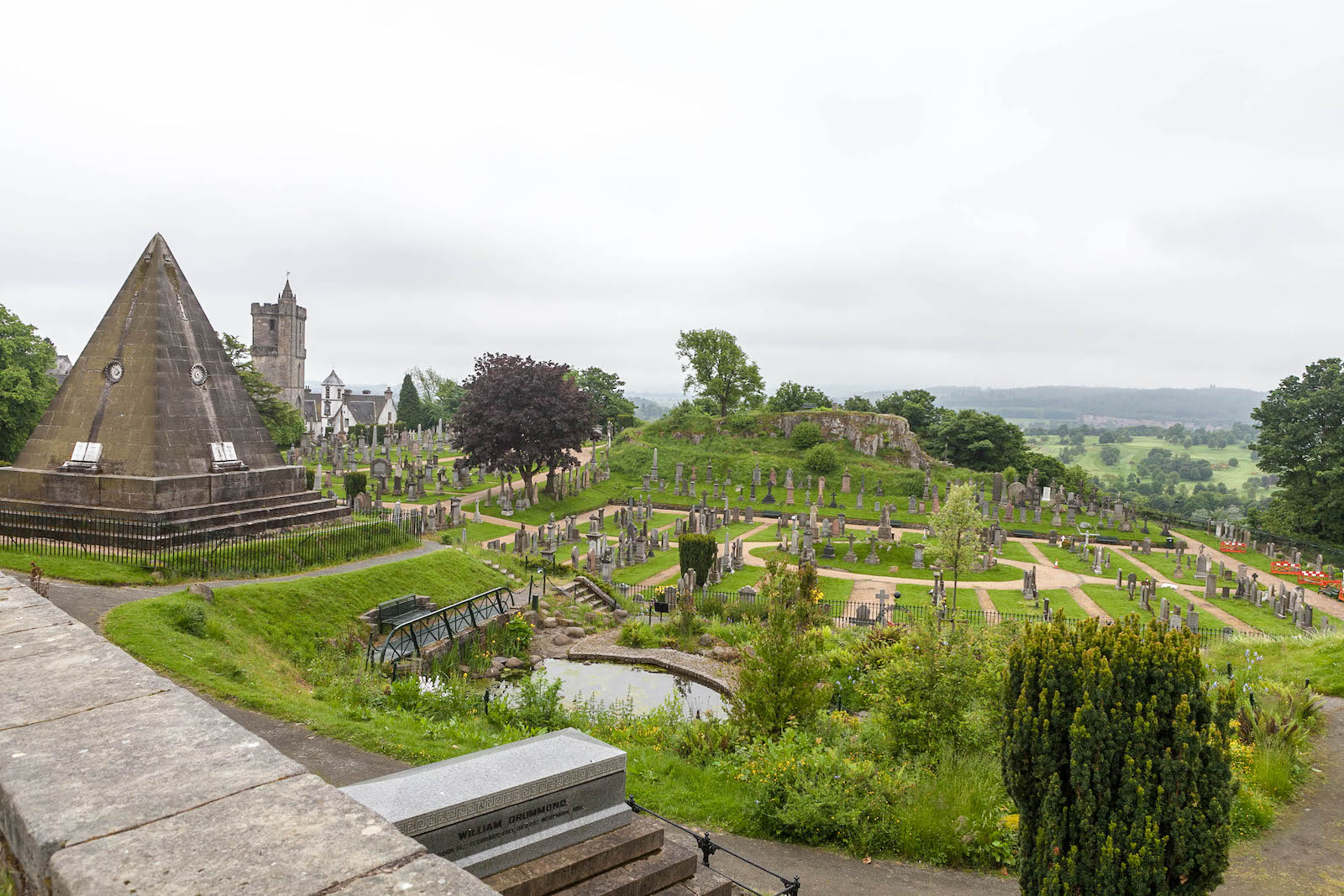
Stirling is most famous for its castle, which was once an area that Vikings invaded. As the legend goes, a wolf howled before the Vikings arrived and saved the villagers by alerting them to the attack. Now, Stirling Castle sits quietly in the hills and is open for tourists to visit.
The town at the base of the castle offers places to stay and is a great place to escape the hordes of tourists.
Orkney

Orkney boasts of having some of the most well-preserved Neolithic sites in Europe, and the area pre-dates even the Romans by thousands of years. A series of 70 different islands, only 20 are inhabited. The pre-historic significance has put these islands on the map.
The islands that are inhibited will offer plenty of entertainment, and on the largest islands, there are also museums to explain the area’s history.
Hebrides
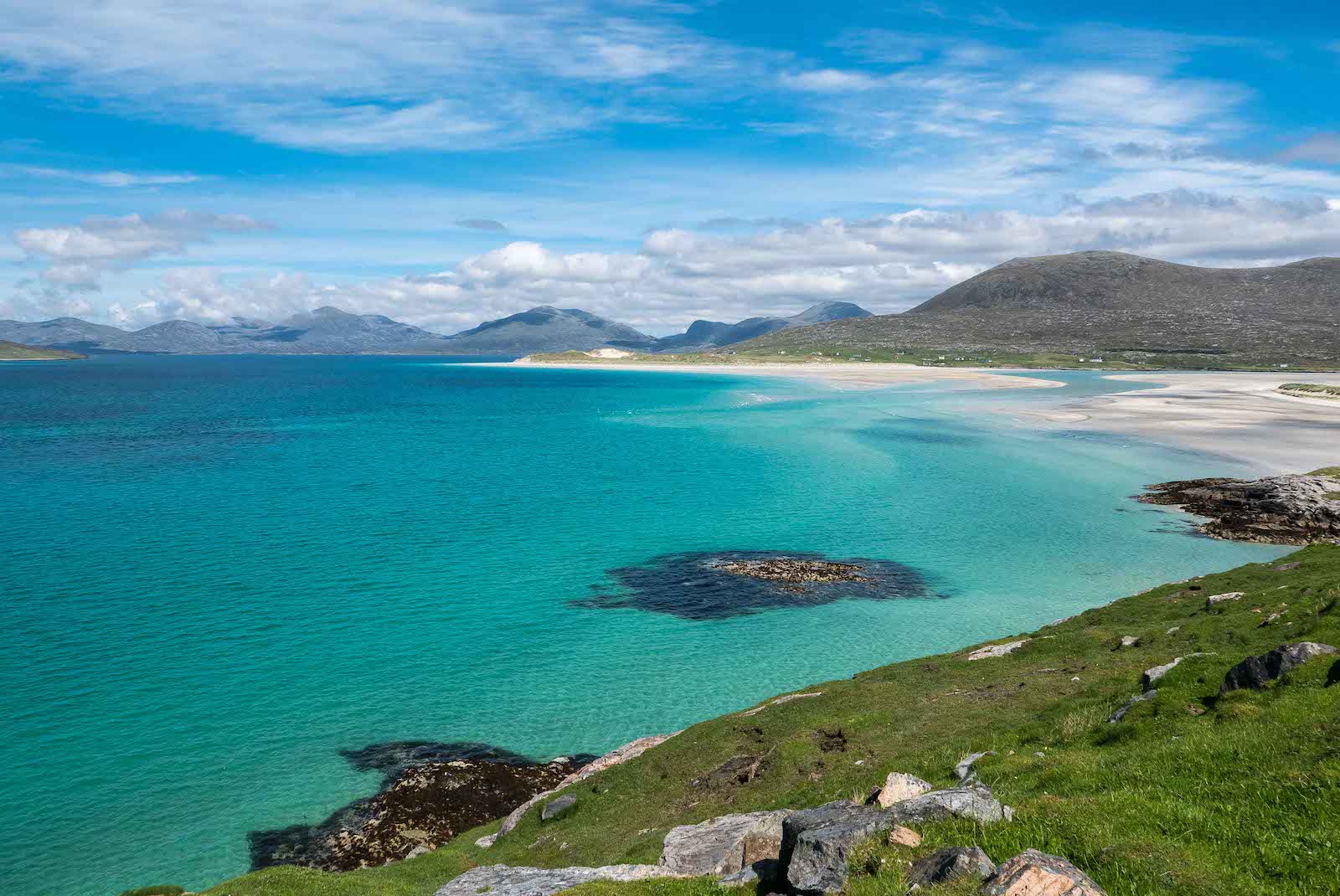
Amazingly beautiful and culturally significant, the Hebrides Islands are one of the best places to go in Scotland. The Isle of Skye is the most famous island, and it’s absolutely stunning. The remoteness of some islands also inspired author George Orwell to write 1984.
With beaches, wildlife, and clear water, the Hebrides are a top choice for nature lovers and outdoor enthusiasts.
“Land of the Brave”
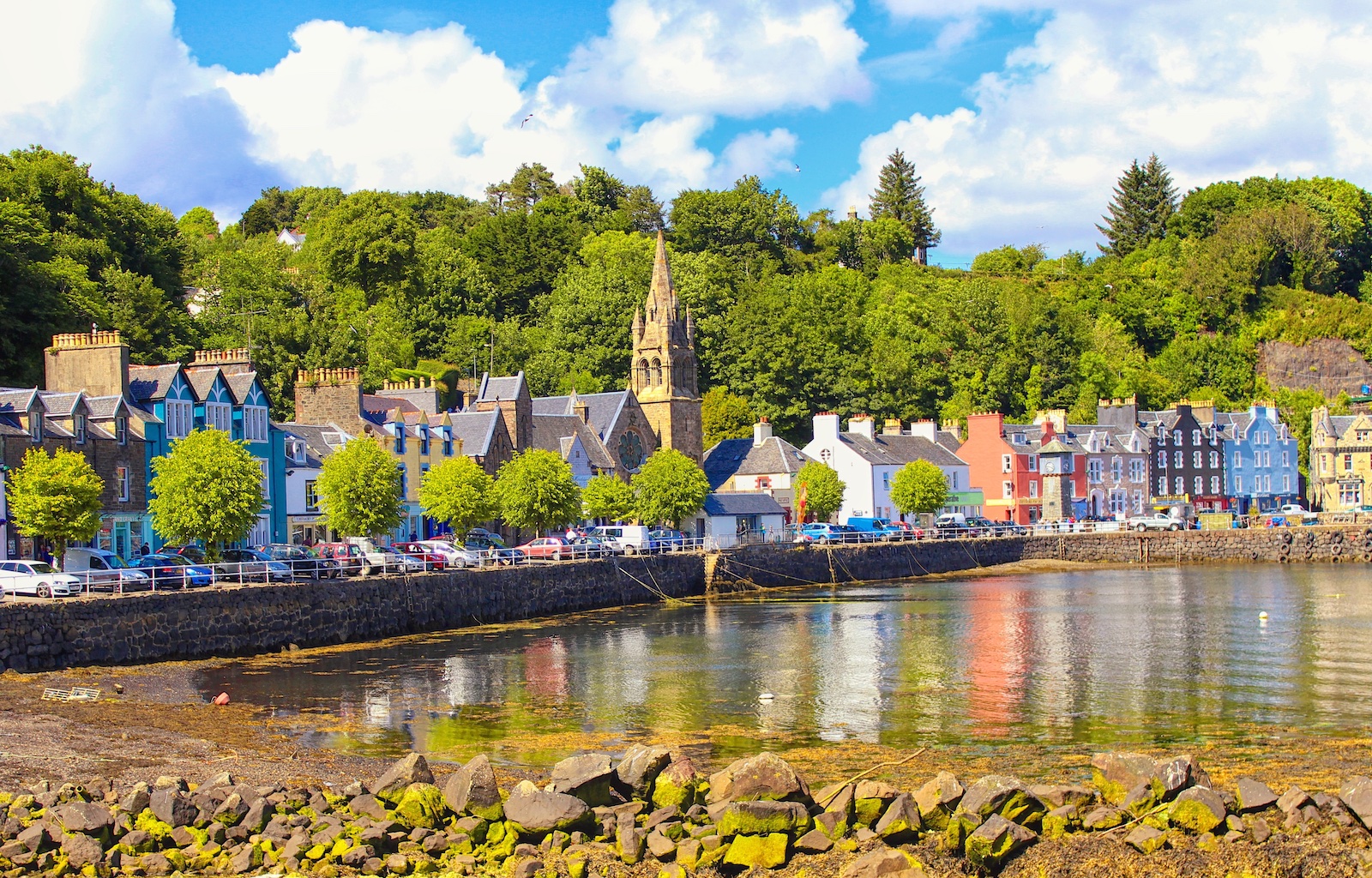
With plenty of celebration, Scotland is a proud country that wears its traditions on its sleeves. The most famous icons of the country, like bagpipes and the questionable Loch Ness Monster, have become popular exports for this nation, though nothing can match seeing beauty with your own eyes.
Visitors will be able to go deep into the legends of Scotland as they travel around and explore the untamed wilderness. While the lore of Scotland may have sparked your curiosity, the allure of the country will keep you mesmerized and eager to return for another round of exploration.


 What Is Romania Most Famous For?
What Is Romania Most Famous For?